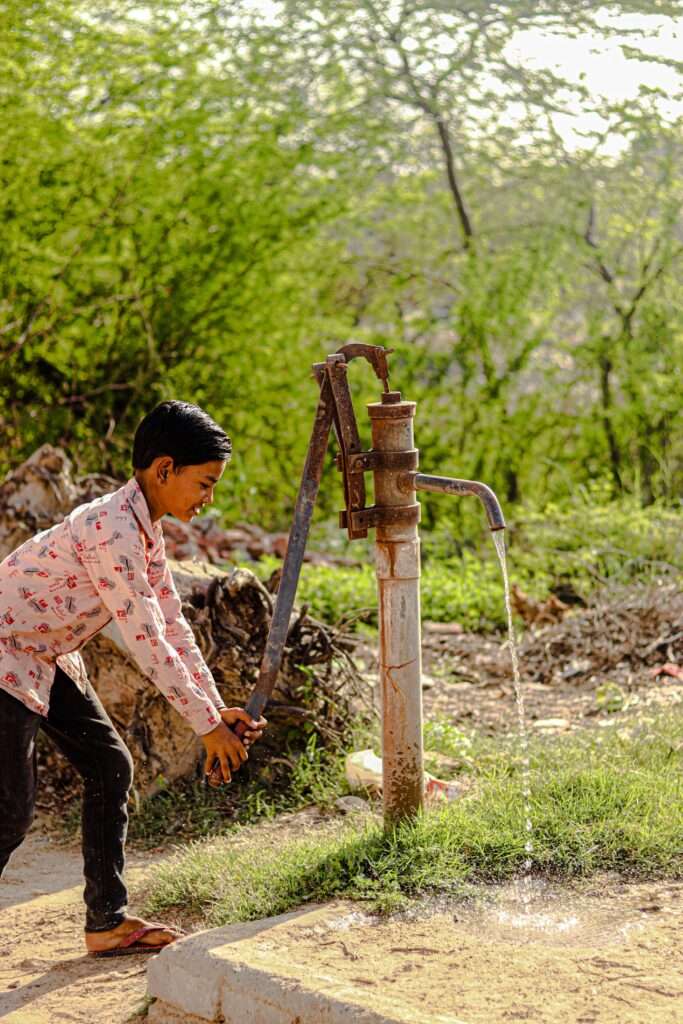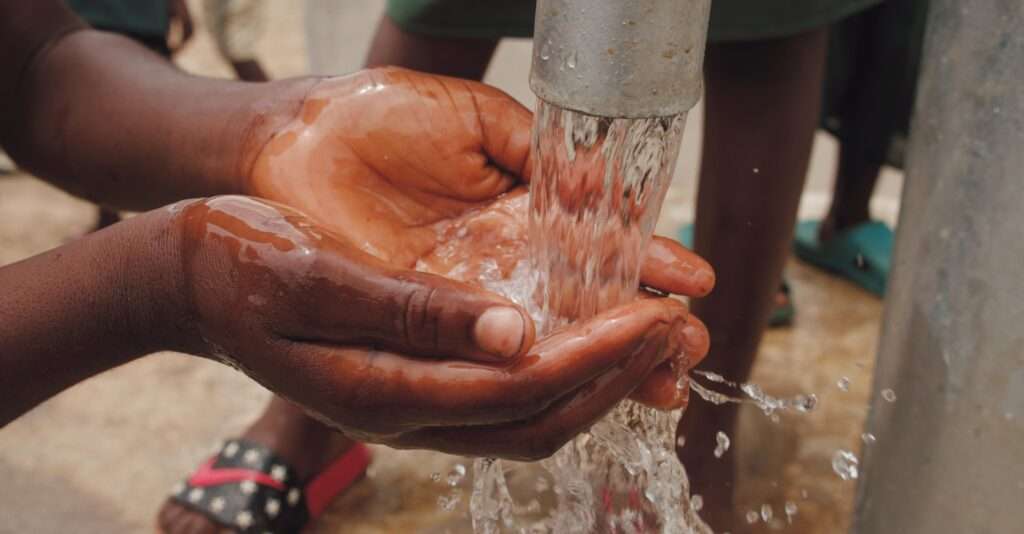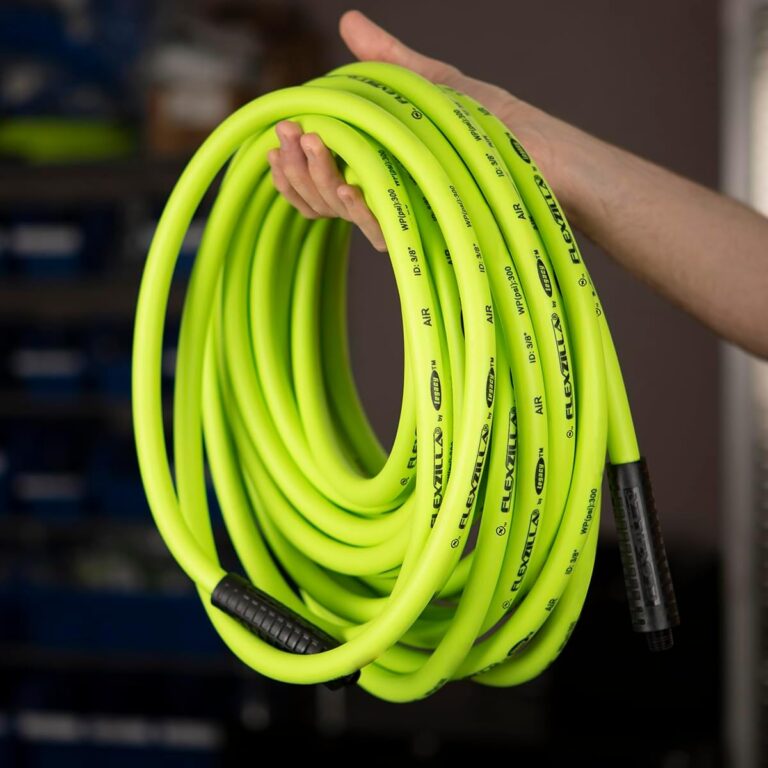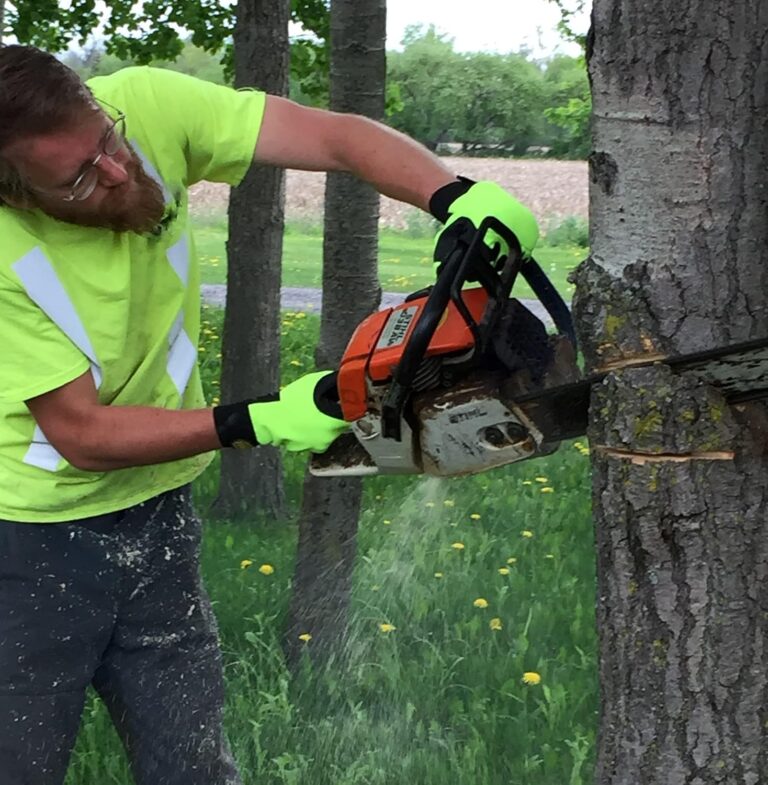What Are the Common Borehole Problems?
Our editorial team independently selects all products featured in this review. This article may contain affiliate links, and we may earn a commission from purchases made through those links. For more information, please refer to our affiliate disclosure.
Explore the common borehole problems beneath the ground. Have you ever wondered what lies beyond that constant flow of water?
“What are the most common borehole problems?” is your guide to the unexpected hurdles beneath the surface. We reveal the secrets affecting your water supply, from hidden leaks to unexpected blocks.
Prepare to explore the depths, inform yourself, and ensure your borehole withstands the difficulties below.
Don’t just read about it; get to know your water source.
Let’s decode the stories your borehole has to tell.
Also read >>> The Best Water Pressure Booster Pump
Table of Contents
The 7 Common Borehole Problems
1. Insufficient Water Supply
Three significant problems lead to insufficient water supply:
- Depletion of aquifers,
- Over-extraction,
- Peculiarities in geology
It’s a delicate dance where human activity and the complex geological tapestry beneath our feet strain the reservoirs, decreasing the available precious water threads. It involves a complicated interaction between the effects of nature and human activity and goes beyond the apparent scarcity.

By separating these strands, we can see how vulnerable our water supplies are and are reminded to be more mindful of the delicate balance below the surface.
An inadequate water supply affects our daily lives in two ways: reduced water pressure and a shortage for end users.
Weaker flows are not just an annoyance; there is a real impact on homes and businesses. Imagine your routine being interrupted by low water pressure, and imagine industries struggling to get enough of the essential resource that keeps them going.
These flaws impact more than just annoyance; they undermine economic sustainability and productivity in many industries. It serves as a sobering reminder that the tides affect more than just the water in our taps; they affect the lifeblood of entire industries and our everyday lives.
2. Contamination
The cunning enemy, contamination, enters boreholes through trickery, such as
- Surface runoff,
- Industrial discharges,
- Agricultural operations.
Pollutant infiltration is a covert invasion that is endangering the quality of the water. Imagine a concoction of impurities slowly seeping into the source of our water.
This presents natural health hazards in addition to endangering the purity of the water from our taps.
Beyond that, an ecological upheaval destroys ecosystems that depend on pure water sources.
Fighting contamination is a battle for human health and the delicate balance of our natural environment, not merely for water quality protection.
Beyond being an annoyance, contaminated water poses tangible health hazards to customers and upsets the delicate environmental balance.
Not only is tainted water annoying, but it is also a cunning saboteur with far-reaching effects. Imagine a potential threat to your health rather than merely an annoyance in tap water.
Beyond that, it quietly disturbs ecosystems, upsetting them.
The fight against water pollution is not just about aesthetics or flavor; it’s also a front-line defense against people’s health and the complex web of life that depends on pure water sources.
3. Pump Failure is a Common Borehole Problem
The pump is the throbbing heart of any borehole system. However, this essential part is susceptible to malfunctions caused by
- Electrical malfunctions,
- Mechanical issues,
- Careless maintenance.
These mechanics are intricate and require careful handling, much like the delicate workings of a heart.
Imagine if a malfunctioning pump caused the regular flow of water to stop.
This would not only be inconvenient but potentially disastrous.
These mechanical stewards require our careful attention and prompt maintenance to guarantee a steady supply, protecting against disruptions that may endanger the vitality of many businesses and communities.
When a pump malfunctions, there are serious consequences, including an abrupt stop to the water supply and the possibility of expensive repairs.

This isn’t simply a passing inconvenience—industries and communities are severely disrupted.
Ignoring the pulse of these technical marvels might lead to a logistical and financial minefield. Imagine the fallout.
- Factories coming to a complete halt
- Water supplies are running out
- The impending cost of bringing these essential parts back to life
Maintaining the continuous flow of life’s most vital resource is more critical than simply mending a machine; it keeps communities and industries vibrant.
4. Clogging and Scaling
An ongoing problem with borehole pipes is the sneaky deposit building obstructing water movement.
These covert accumulations, ranging from sediments to mineral scales, undermine the borehole’s effectiveness. Imagine a silent impediment that slowly snatches hold of the pipes, preventing the water from flowing smoothly.
It’s a war against invisible forces that threaten the very lifeblood of these underground conduits, not merely about blocking the flow.
Banishing stubborn clogs and scales presents a dual challenge
- A diminished flow rate slows the life force coursing through the borehole.
- It demands escalated maintenance efforts, intensifying the battle against these obstructions.
Picture the struggle: reduced efficiency and an increased burden on maintenance teams. Successfully mitigating clogging and scaling requires effort and sophistication—implementing techniques as intricate as borehole systems.
It’s a quest for the unimpeded flow of this liquid life source, where the ingenuity of these techniques becomes the linchpin in ensuring the vitality of our water infrastructure.
5. Corrosion and Borehole Problems
Corrosion, a clandestine adversary, stealthily infiltrates borehole infrastructure due to
- High mineral content,
- Acidic water,
- Absence of a protective coating.
It’s an insidious dance where corrosive elements conspire to jeopardize the integrity and longevity of pipes. Imagine the gradual erosion, unseen but potent, compromising the conduits channeling our life-sustaining water.
The fight against corrosion is not just about maintaining appearances; it’s a strategic defense to ensure the durability of borehole infrastructure in the face of the relentless attrition orchestrated by these unseen antagonists.
Corrosion has a cascading impact on pipelines, causing leaks to appear and prematurely shortening the borehole’s operational lifespan. It also compromises the infrastructure’s functionality by penetrating the very core of the structure and causing wear and tear beyond the obvious.
Imagine the rippling effects: pipes bursting from internal degeneration and causing leaks. Deliberate action is required to stop this unstoppable downward spiral.
Protecting these conduits is a strategic move to fend off the sneaky forces that could undermine borehole integrity’s underpinnings, not only prolonging their lifespan.
6. Formation Damage
Intentionally introducing extraneous materials during drilling or maintenance frequently causes borehole difficulties. These trespassers, whether sedimentary or artificial, cause quiet but significant harm.
Imagine these alien objects’ slow but inevitable encroachment as they seep toward the center of the shaft.
Decreased well productivity and reduced permeability are the worst consequences.
The integrity of the borehole itself is being jeopardized; it’s not merely a matter of performance declining. This upsets the delicate balance between exploration and preservation, highlighting the need for a careful approach to drilling operations.
It reminds us that every action, no matter how insignificant it may appear at the time, has repercussions deep below the surface and affects the fundamentals of a borehole’s ability to function and endure.
7. Aquifer Containment
Ignoring to seal the borehole correctly creates unexpected repercussions in the complex ballet of borehole formation. The crack turns into an opening through which water can leak out and contaminate the land it is supposed to nourish.
In addition to the environmental consequences, this mistake raises the expense of drilling and turns what ought to be a carefully planned dance into an expensive error.

It becomes clear that properly sealing the borehole is not only a matter of procedure but also a crucial step in protecting the integrity of the water supply and minimizing cost consequences.
Improper sealing of the borehole can lead to three problems:
- Contamination,
- Loss of water,
- An unwanted increase in drilling expenses.
Not only is there an immediate loss, but there are also unanticipated financial consequences, environmental contamination, and water leaks. Proper sealing is the most critical line of defense, strengthening the borehole against any unwinding.
It is a preventative action, guarding against a cascade of events that can endanger not just water supplies but also the financial viability of the drilling infrastructure.
Also read >>> The Best Hybrid Solar Inverters for You
Prevention and Solutions to Borehole Problems
1. Regular Maintenance and Inspections
Regular borehole inspections, like physical examinations, uncover underlying abnormalities before they worsen. They are an early warning system that can identify issues.
Combined with routine maintenance, this preventive prescription guarantees the uninterrupted running of boreholes, averting disturbances and prolonging their operational life.
2. Water Testing and Treatment
Similar to forensic analysis, water testing meticulously identifies pollutants at an early stage. This careful identification is the antidote that guarantees water purity, laying the groundwork for customized treatment plans.
Preserving the pure nature of this vital source of life requires more than detection; it requires a calculated response.
3. Pump and Motor Maintenance
Water propulsion, pumps, and motor maintenance require careful protection. Regular inspections and prompt fixes are the best defense against catastrophic failures.
These preventive actions guarantee that water flows unhindered, highlighting the critical role that these mechanical stewards play in maintaining the health of borehole systems.
4. Scaling and Clog Prevention Techniques
Advanced scaling methods, clog avoidance strategies, and fighting deposit encroachment constitute a scientific arsenal. Using these techniques is a strategic defense, not merely a precaution. Imagine a free flow—the outcome of these precautions preserving the borehole’s effectiveness.

It’s a systematic strategy that maintains this underground conduit’s smooth operation.
5. Corrosion Prevention Measures
Defending against corrosion necessitates strategic preventive measures, such as protective coatings and pH balancing. This is a determined strategy, not merely surface protection.
Consider a barrier that extends the borehole’s operating lifespan by protecting it from corrosive influences that would otherwise compromise its integrity.
6. Proper Drilling and Sealing Techniques
The formation of a borehole necessitates precise drilling and thorough sealing. Adhering to best practices is a careful process, not merely a technique. Consider a waterproof conduit that is immune to the dangers of aquifer containment.
It’s a systematic process that ensures the borehole’s construction is a plan for long-term viability and operational robustness.
Conclusion
Navigating subsurface complexity and recognizing and addressing borehole problems is more than just a matter of efficiency—it is a responsibility for sustainability. Proactively addressing these challenges demonstrates competent resource management.
Consider it more than just problem-solving; consider it a proactive commitment to ensuring the durability and resilience of this critical water infrastructure.
Proactivity is not a luxury in borehole management; it is a requirement. Preventive measures are critical to assuring the longevity and continued efficacy of these unsuspecting conduits.
It’s not just about reacting to problems; it’s about taking a proactive approach to protecting the lifeblood that boreholes offer to industry and communities.
A united front in which industry, governments, and specialists work together is critical to overcoming the issues of borehole management.
This collaborative endeavor harnesses the knowledge and distributes responsibilities, paving the way for a sustainable water future.
It’s not just collaboration; it’s a synergistic partnership addressing multiple difficulties beyond individual capabilities.
Related Posts
What Is the Best Casing for a Borehole?






